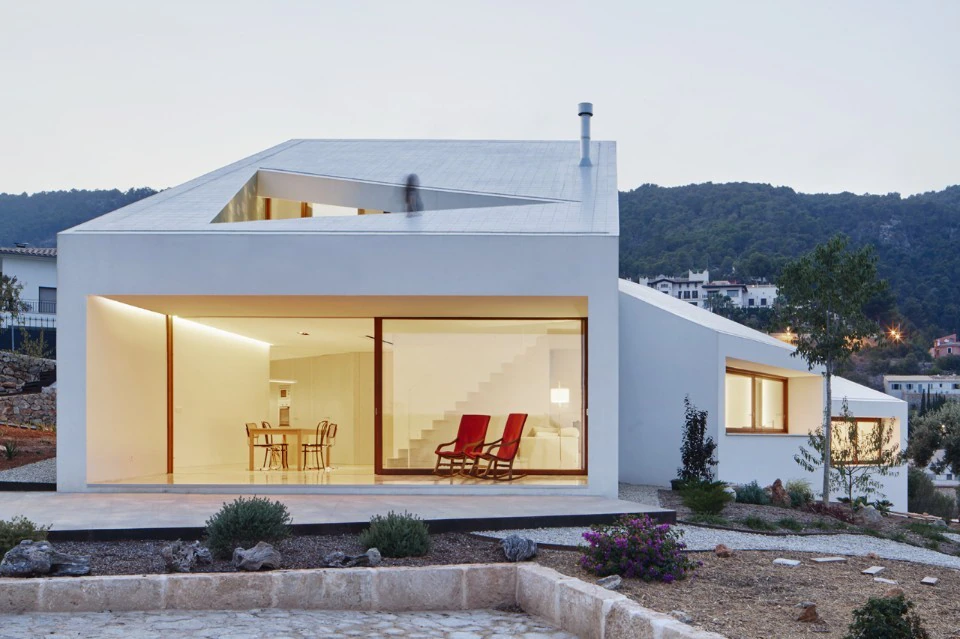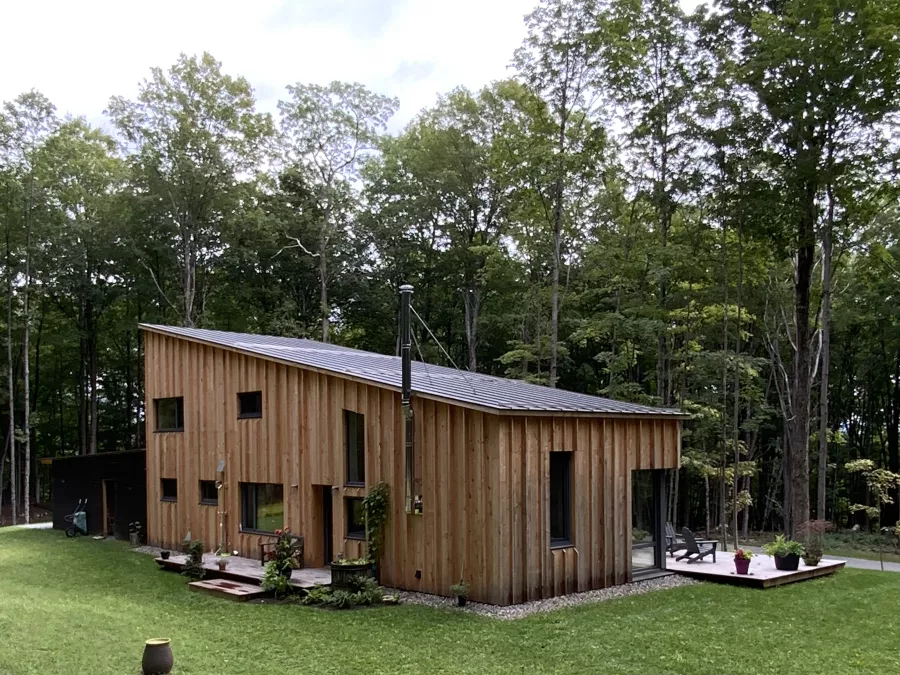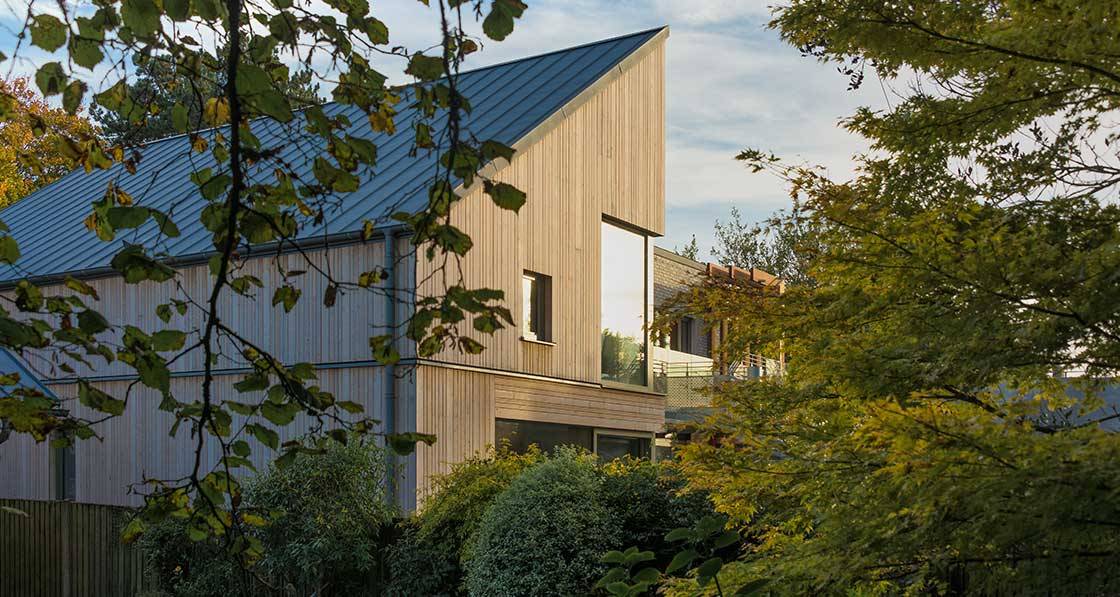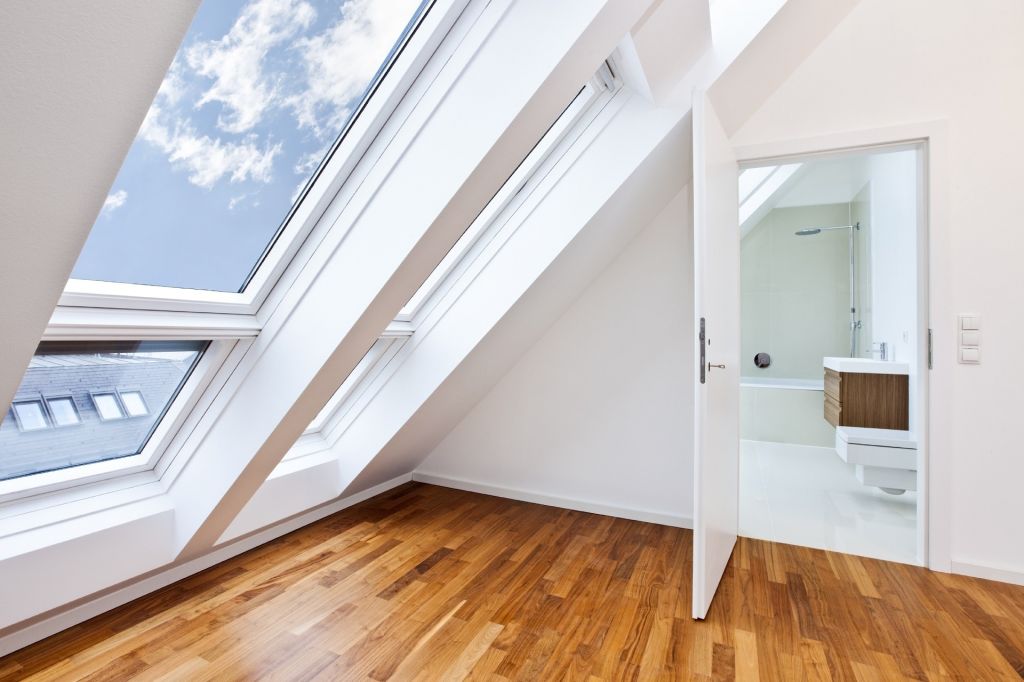Passive houses, a revolutionary concept in sustainable construction, are designed to be ultra-energy efficient. They use natural resources to maintain a comfortable indoor climate, reducing the need for active heating and cooling systems. But how do they accomplish this? Let’s delve into the mechanics of these eco-friendly homes.
Passive houses are built based on a set of principles that focus on energy efficiency, comfort, and reducing ecological footprint. To understand more about the benefits of passive house construction, let’s break down the key elements that make these houses work.
Key Components of a Passive House
Passive houses rely on a few key components to achieve their high energy efficiency. These include superior insulation, airtight construction, high-performance windows, and heat recovery ventilation systems. By combining these components, passive houses can maintain a comfortable indoor temperature year-round with minimal energy use.
Understanding the Energy Efficiency of Passive Houses
Passive houses are designed to be extremely energy efficient, consuming up to 90% less heating and cooling energy than conventional buildings. This is achieved through a combination of high-quality insulation, airtight construction, and the use of heat recovery ventilation systems. For more detailed information, you can visit this comprehensive guide on passive design.
How to Enhance Your Passive House
While passive houses are designed to be energy efficient, there are additional steps you can take to enhance their performance. For instance, you can use solar-powered monitoring to keep track of your home’s energy consumption. Additionally, you could keep energy flowing off-grid with a portable solar generator.





